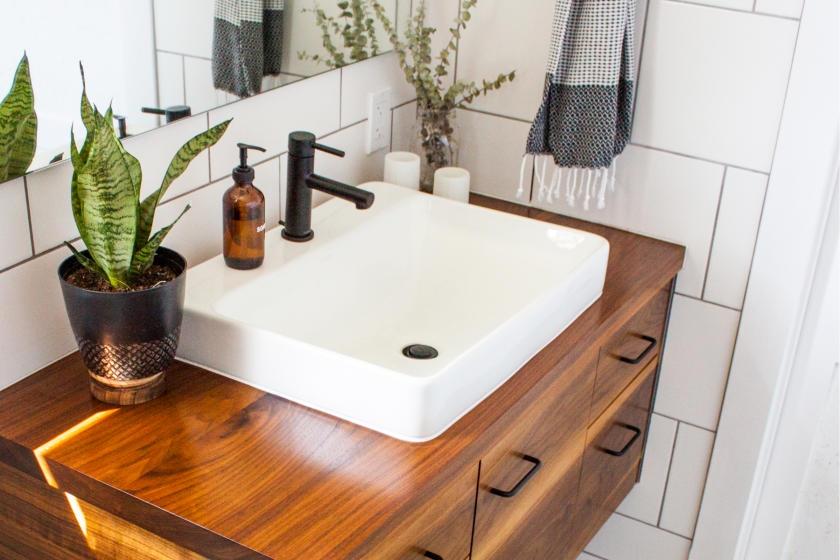Eco-tip: Toilet maintenance important for flow to avoid replacement
With more people working from home and school being taught online, residential toilets are getting a workout. In many parts of Ventura County, more water means more hard water deposits.
Worse, cleaning schedules may not have increased to keep up, many of those fortunate enough to employ professional cleaners prior to the pandemic now no longer have these helpers coming into the home and build-up of deposits can restrict flow.
Home improvement has also increased during this time, but before you consider replacing a toilet due to weak or incomplete flushes, consider basic maintenance and repair.
A helpful online guide, provided by a major plumbing company based in Minnesota, suggests a few measures which usually solve flushing problems unrelated to objects clogging pipes or blocking flanges.
Previous Eco-tip: Native plants for their own sake, Growing Works for others

If flushes are insufficient, see whether water rises to the fill line inside of the tank. Years ago, toilets used excessive amounts of water for flushes, so some people used objects to displace water in the tank or adjusted water levels. However, modern toilets, with 1.6 gallons per flush, need a full tank to flush solids.
Next, examine the flapper at the bottom of the flush mechanism in the tank. Pushing down the toilet handle lifts the flapper, sending water into the bowl. Replace the flapper if it does not seal tightly and prevents your tank from fully filling.
Another potential cause of weak flushes is blocked inlet holes. Located under the toilet rim, inlet holes send water into the bowl during a flush. They must be clear of hard water deposits, dirt, sediment, and scale so water flows with sufficient force.
One extreme measure to clear a hole is to use a sharp object such as an awl or the pointed end of a coat hanger. However, pushing too hard could crack the toilet.
Dennis Stanley, owner of Steve’s Plumbing & Hardware in Ventura, said he wouldn’t recommend using an awl or a hangar. His home has extremely hard water from a well, so he uses muriatic acid to clear clogged inlet holes.
Eco-friendly tips:Reduce waste, help local species with winter gardening tips
Also known as hydrochloric acid, this pungent and powerful acid generally used for pool maintenance may not pose a risk to the porcelain of toilets, but it certainly can harm people who use it incorrectly. Open windows, dilute acid in bucket, and wear safety glasses and rubber gloves. If acid gets on you, quickly cover the spot with baking soda.
David Goldstein is an environmental analyst with Ventura County Public Works and can be reached at 805-658-4312 or david.goldstein@ventura.org.








